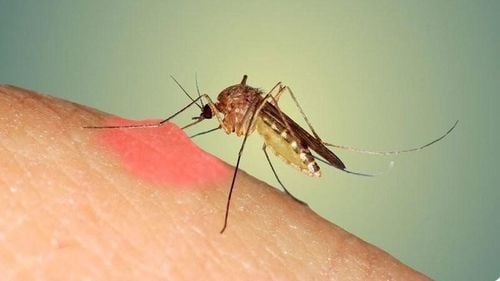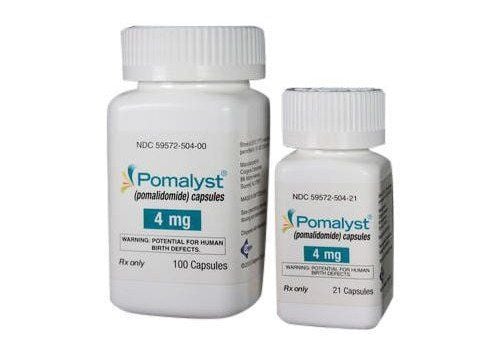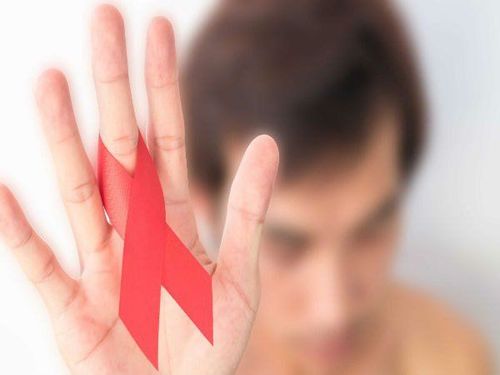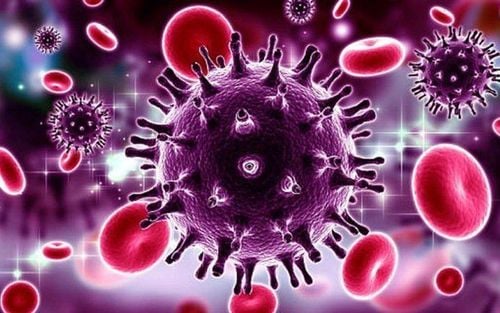This is an automatically translated article.
The Elisa test method is a technique widely applied in medical fields. This is also a very sensitive HIV test method, so it is chosen by many people.1. What is the Elisa HIV test?
The Elisa test (Enzyme-linked Immunosorbent assay) is a biochemical method mainly used in immunology to detect the presence of an antibody or antigen in a sample.What is Elisa HIV test ? This is the most commonly performed test that indirectly indicates the presence of HIV through the detection of anti-HIV antibodies. If the screening test is HIV positive, indicating anti-HIV antibodies, then the patient has HIV.
There are 4 methods of testing Elisa:
Direct ELISA: This method is often used in qualitative ELISA, rarely in quantitative. This method requires only one incubation, which saves time and minimizes control of conditions during operation. Indirect ELISA (indirect ELISA): This method has high sensitivity, only needs to generate one type of antibody carrying the enzyme to recognize many different antigens. Elisa sandwich: This method has high sensitivity, reduces background staining and non-specific reactions because most of the impurities have been removed, so it is easier to perform. Competitive Elisa: A very effective Elisa method for the quantification of elements present in a sample in small amounts.
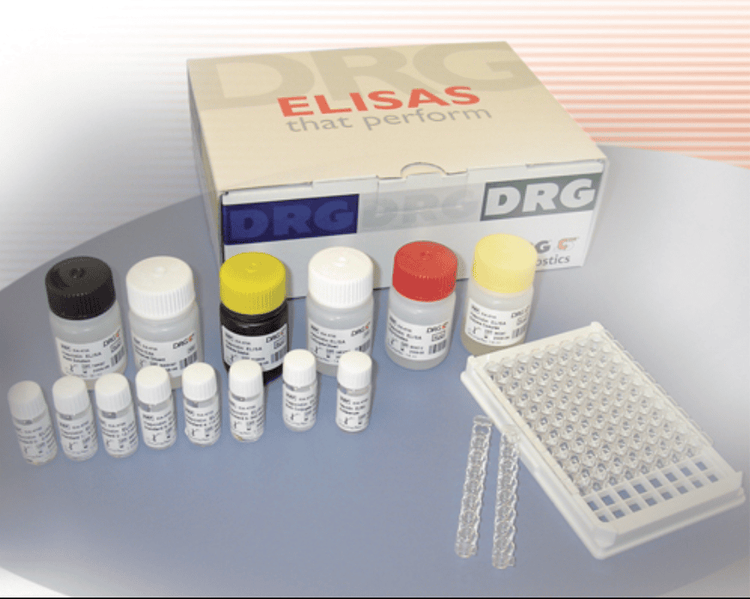
Xét nghiệm Elisa
2. How is the Elisa test done?
HIV testing method Elisa is very simple by taking a blood sample of a person suspected of having HIV at home or at the hospital. The blood sample will then be sent to a lab for analysis.
In the laboratory, the test technician will add a sample to a petri dish containing the antigens suspected of being associated with HIV disease. The technician inserts an enzyme into a petri dish and observes how the patient's blood and the enzyme's antigen react with each other. If the patient's blood contains antibodies against the antigen, the two will bind to each other. Therefore, if the patient is HIV positive, the test paper will change color.
3. When to take an HIV test
Testing after 7 days at risk: An early preliminary diagnosis of HIV can be made 7 days after risk. Extremely fast diagnostic technique, using a fully automated system, and this test method uses polymerase chain reaction (PCR) or NAT (nucleic acid amplification) to detect extremely small amounts of virus. .
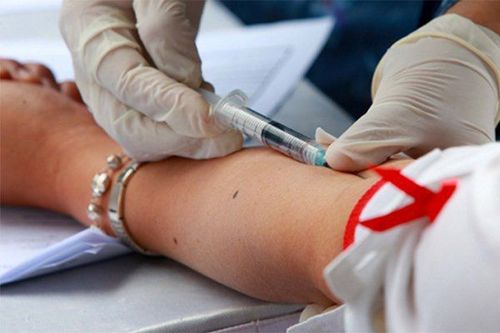
Xét nghiệm HIV sau 7 ngày có nguy cơ
HIV test after 1 month: This method is very good and can detect most people who have been infected with HIV between 14-21 days. Principle-based approach: Antigens will remain very high for the first few months after HIV infection and decline with a decrease in HIV viral load, but never go away. HIV 1-2 antibody test: This test detects more than 99% of people newly infected with HIV who are positive 6 weeks after a risk. HIV test after 3 months, 6 months: This is the time to do the most accurate HIV test only by rapid test. Vinmec International General Hospital offers a package of Examination and Screening for social diseases to help customers detect diseases early and have effective treatment and prevent dangerous complications. The screening package for social diseases at Vinmec is for all ages, both men and women.
To register for examination and treatment at Vinmec International General Hospital, you can contact Vinmec Health System nationwide, or register online HERE.
MORE:
What to do if you are stabbed by a bloodied sharp object, suspected of having HIV? Manifestations of HIV according to each stage 3 routes of HIV transmission




